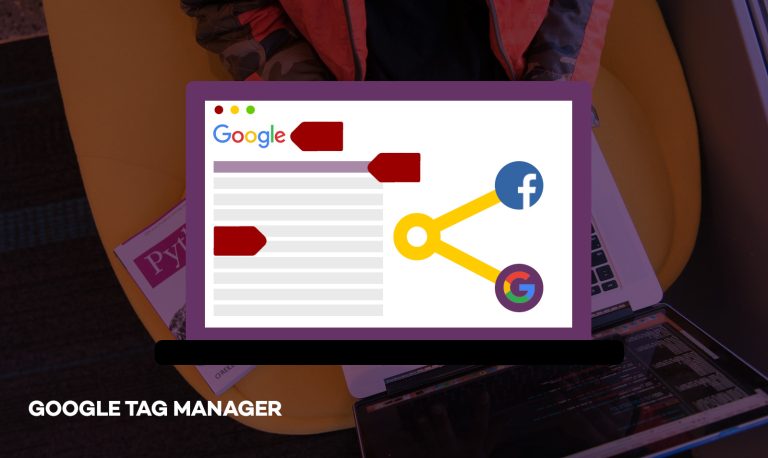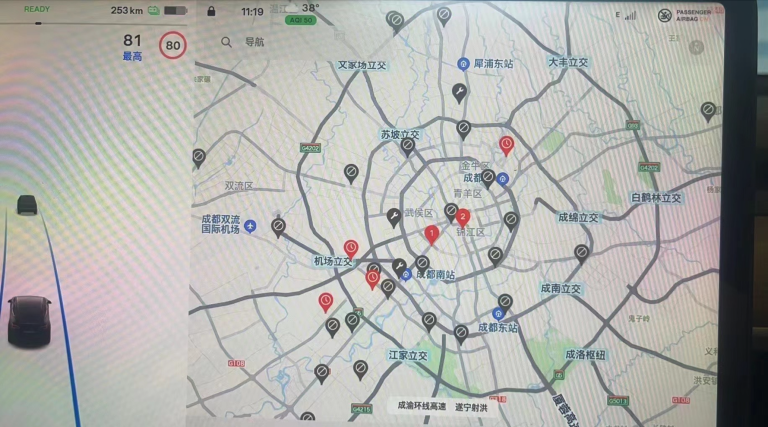
In October 2020, eMarketer increased their 2020 ecommerce retail sales forecast from 20% growth to 30%, making an omnichannel approach even more important in 2021 and beyond.
“COVID-19 has forced everyone to operate at a much higher level of digital maturity,” said Sharon Gee Head of Omnichannel Partnerships at BigCommerce. “To succeed today, retailers need to put a stake in the ground and define a unified channel strategy from a digital and physical perspective.”
Customers expect seamless omnichannel shopping experiences. So, today, retailers find themselves adapting to new consumer needs and behaviors and recalibrating their understanding of their target consumer.
The Four Pillar Approach to Omnichannel Commerce
The four pillars of a successful omnichannel strategy include sales channels, marketing and advertising, operations, and fulfillment. All these functions need to work together seamlessly to provide the best possible omnichannel customer experience.
1. Sales channels.
With more sales channels to choose from than ever, you’ll have to carefully evaluate your audience: where they spend the most time, and where products in your category are typically sold.
Channels can include (but are not limited to):
- Online storefronts/DTC
- Ecommerce marketplaces
- Social media platforms
- Mobile channels
- Brick-and-mortar stores — or anywhere you use a POS
- B2B/Wholesale sales
“If you are over-invested in any one channel to sell your goods or products, and that channel goes away for any reason, you’ll be in a tight spot, and that’s what many retailers are experiencing today with the COVID-19 pandemic,” said Gee.
“But the reassuring strength of an omnichannel sales approach is that it’s a risk mitigation strategy at its core. It allows retailers to ask, ‘Where are my shoppers and how can I be where they are?’ and make changes accordingly.”
2. Marketing and advertising.
No matter which sales channels you choose, consumers aren’t going to find your products naturally — even the best products and the best websites need a marketing strategy to drive traffic and sales. Surfacing the right message at the right time and in the right place — all tied together by a consistent brand experience — can make a huge difference to your bottom line.
Here are some of the most recommended digital advertising channels for retailers going forward:
3. Operations.
Operations encompasses everything in your back-office, from product, order, and inventory management to logistics and fulfillment. From an operational perspective, the key to a functioning omnichannel approach is connectivity. Exactly what technologies make up your back-office operations will depend on the scale and sophistication of your business.
Inventory visibility is arguably the biggest barrier to proper omnichannel inventory management. Without it, you can’t access data for accurate reporting or promise customers items will be back in stock on all platforms. And when you’re expanding to new channels, you must have centralized inventory visibility so you never miss a beat between sales platforms.
4. Shipping and fulfillment.
When it comes to shipping and fulfillment, retailers have the option of using shipping software or a 3PL (third-party logistics) company.
Shipping software like ShipStation offers specially negotiated rates with various carriers, visibility into shipping statuses, reporting, and the ability to send orders to fulfillment providers. 3PLs, like Amazon’s fulfillment services, Deliverr and ShipBob also include other logistics processes like inventory management, warehousing and fulfillment.
“Most people see logistics and fulfillment as the technical side of ecommerce, but it’s actually another extension of the customer experience,” said Matt Crawford, General Manager of Shipping at BigCommerce.
How BigCommerce Customers are Assembling Their Omnichannel Tech Stacks
Here’s how some real BigCommerce customers are making their businesses more omnichannel.
LARQ integrates IMS and 3PL solutions, sells internationally.
“Our information management system Brightpearl highly recommended BigCommerce to us. Their team had a very close relationship with BigCommerce, and BigCommerce provided a great custom solution for them,” said Justin Wang, co-founder and CEO of LARQ.
“It was important for us to have good relationships with our IMS and ecommerce platform to ensure a quick implementation and the ability to develop custom additions I knew we would need in the future, like integrating with our third-party logistics (3PL) and importing pre-orders.
“What BigCommerce is doing with headless was one of the more important factors for us when we were deciding on a platform. With headless, we get more control over our content and customer journey through checkout, which we custom-built using React on the frontend and BigCommerce on the backend.
“We have five regional sites, and currently four of them (US, EU, UK and CA) are live. We had a multi-region need that was solved for with the headless BigCommerce solution, allowing us to combine all of our stores into one single domain, for which we have developed additional features.”
Hickies sells and advertises across channels with a holistic approach to measurement.
“As we grow with BigCommerce, our major focus is being in all the places our customers are and creating marketing strategies that align with the specific shopping behaviors in that market,” said Jonathan Segev, Hickies’ director of technology.
“One of the ways Hickies does that is advertising on various channels. We are big on Facebook, Google, and Bing.”
“We also started on a project this year with TV advertising which, as a traditional form of direct marketing, has proved to be a really interesting opportunity for us. Our partner Tatari basically set up a pixel on our site that measures traffic spikes following a TV ad compared to normal site traffic, which allows us to more precisely figure out what works, what doesn’t, and how to optimize our channel more than standard TV advertising could.”
“Selling on Amazon is also an important part of our strategy to meet customers where they are. We’ve watched the marketplace grow year after year, and for a growing business like ours, it’s become a necessity.
“We take a very holistic approach to our entire ecommerce strategy and understand that, with our marketplace and advertising spend, some of the web traffic will come from Amazon, some of it from Facebook, and some of it from our website.
“Looking at our advertising strategy as a whole as opposed to each individual segment allows us to continue to scale even when one platform becomes more expensive, less efficient, or isn’t performing as well.”
Skullcandy sells internationally and across social channels and integrates an ERP solution for a seamless back office.
“We went live with seven sites, four currencies, and three different languages in six months,” said Mark Hopkins, the audio company’s chief information officer. “In the second month after launch, we integrated BigCommerce’s Facebook Shop feature to meet consumers where they are — allowing for fast purchasing natively on popular social networks.”
“We are really taking bets on social commerce, leveraging built-in BigCommerce integrations to serve product catalogs across social channels where orders start in the social channel, and seamlessly drop into BigCommerce’s control panel for streamlined fulfillment.”
“BigCommerce’s API allows Skullcandy to connect its product information system to capture orders, interface with the credit card companies, calculate tax, and interface all of this information into our ERP system for fulfillment.”
“We see the BigCommerce platform as a major element of our ecommerce ecosystem, because our consumers come to our website to learn about our products, even though they may purchase on a different platform like Amazon or a retailer site.”
Wrapping Up
Customers expect seamless omnichannel shopping experiences. So, today, retailers find themselves adapting to new consumer needs and behaviors and recalibrating their understanding of their target consumer.
Omnichannel strategy has to be holistic and comprehensive. It depends on a strong foundation, supported by the four pillars of sales channels, marketing and advertising, operations, and shipping and fulfillment.
A comprehensive omnichannel strategy requires a best-in-class partner network to support your needs across different levels of sophistication. It starts with an ecommerce platform that provides the openness necessary to enable extensibility, customization, and integrations for the tech stack you want to build your business.
Learn more about strategically delivering a consistent brand experience and the 4 pillars in our ebook, the 2021 Omnichannel Guide: A Four-Pillar Approach to Holistic Commerce Success.






